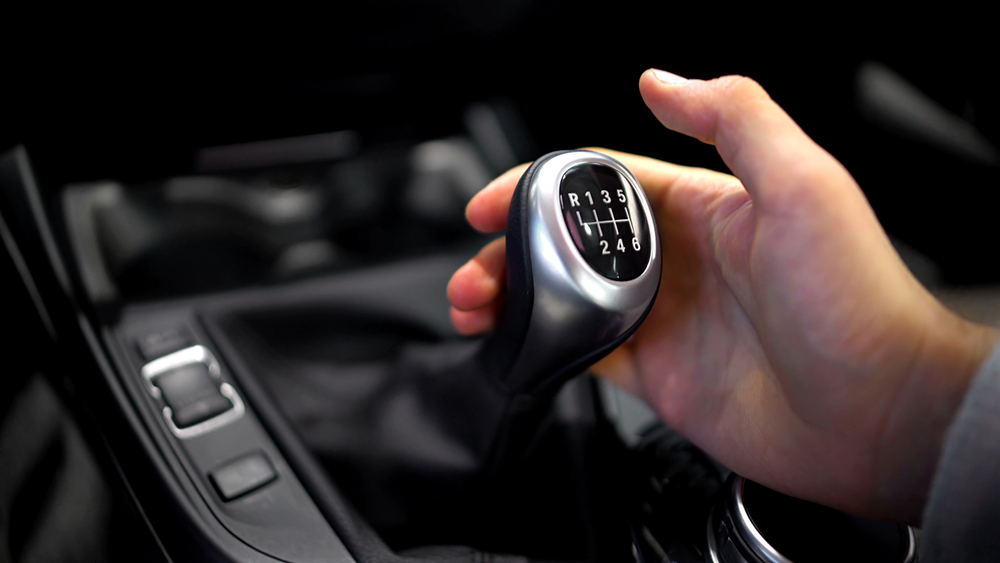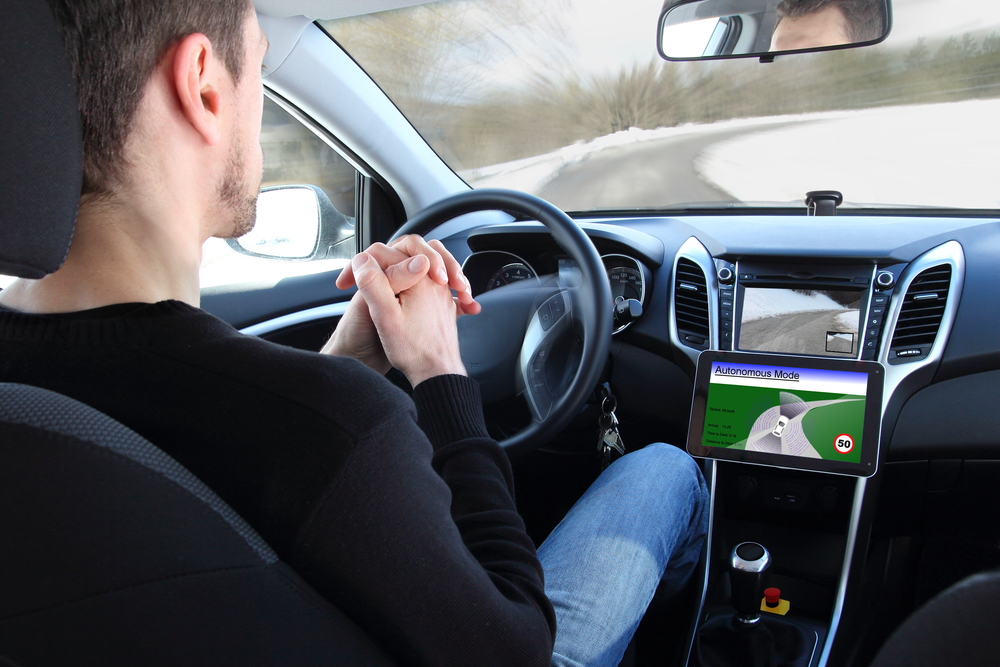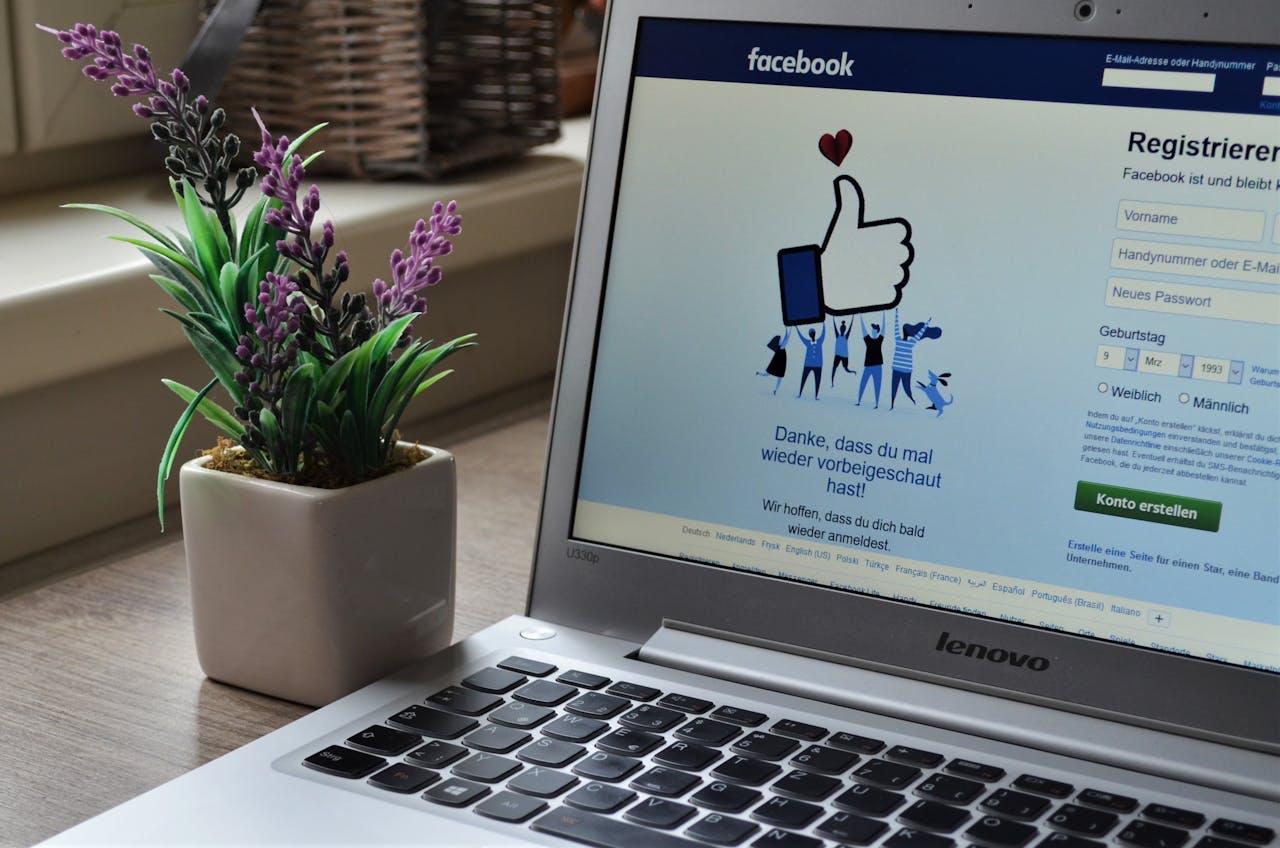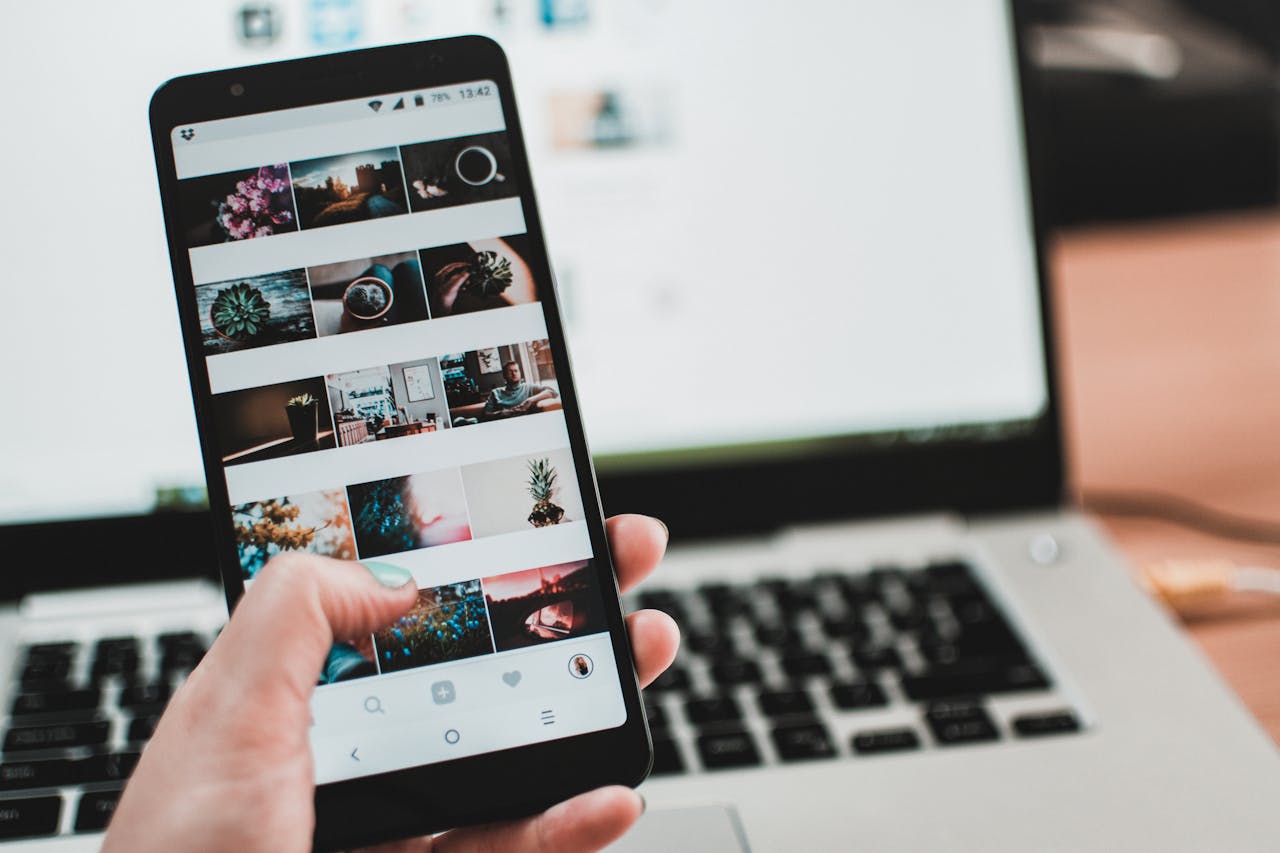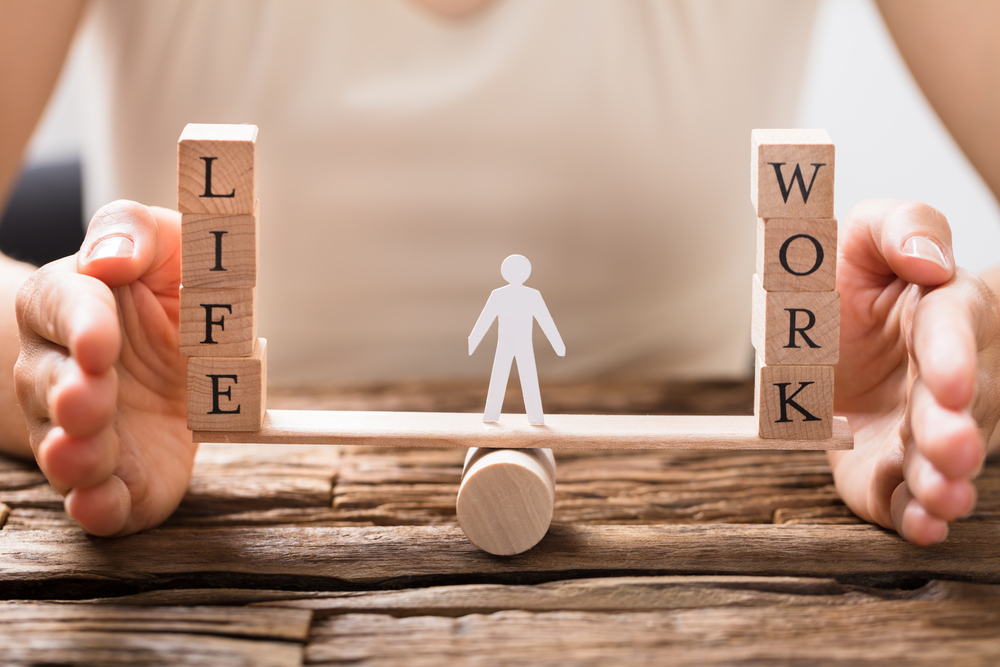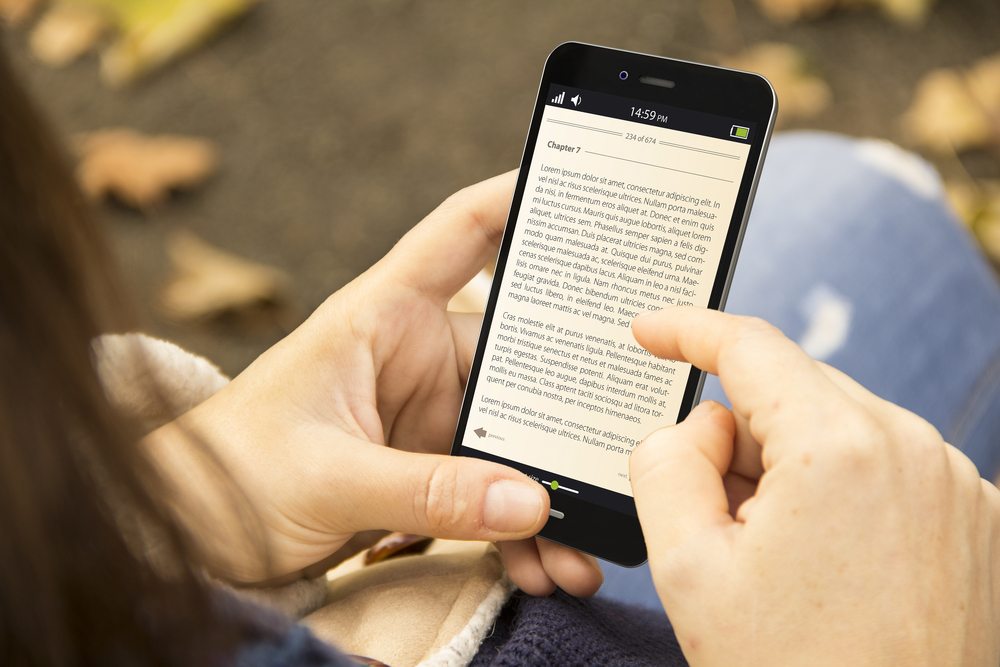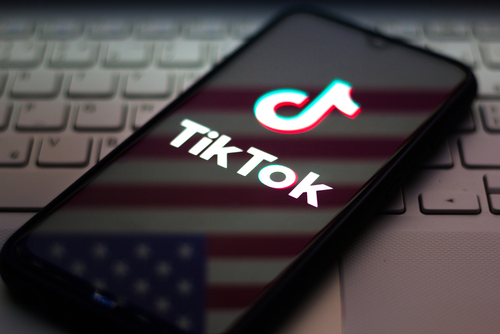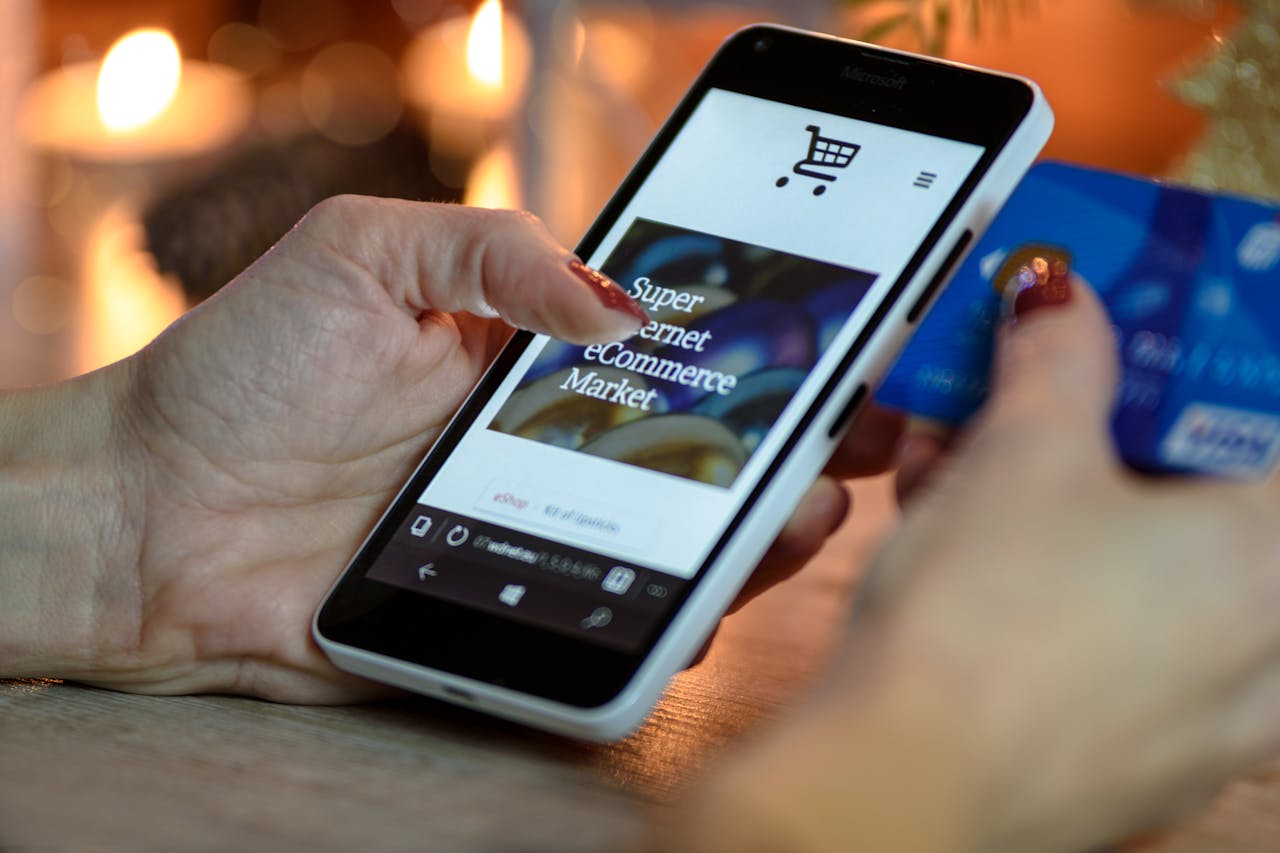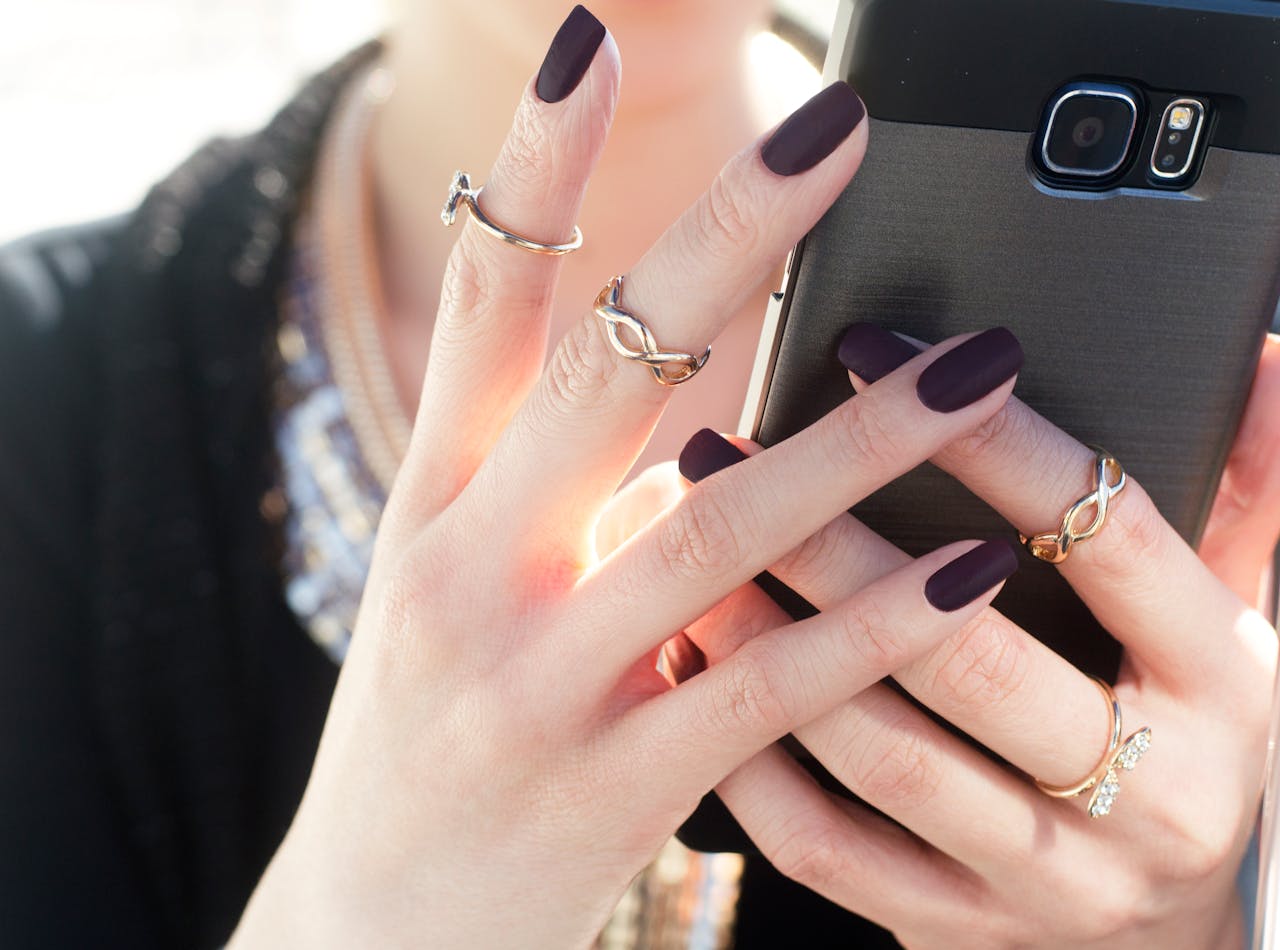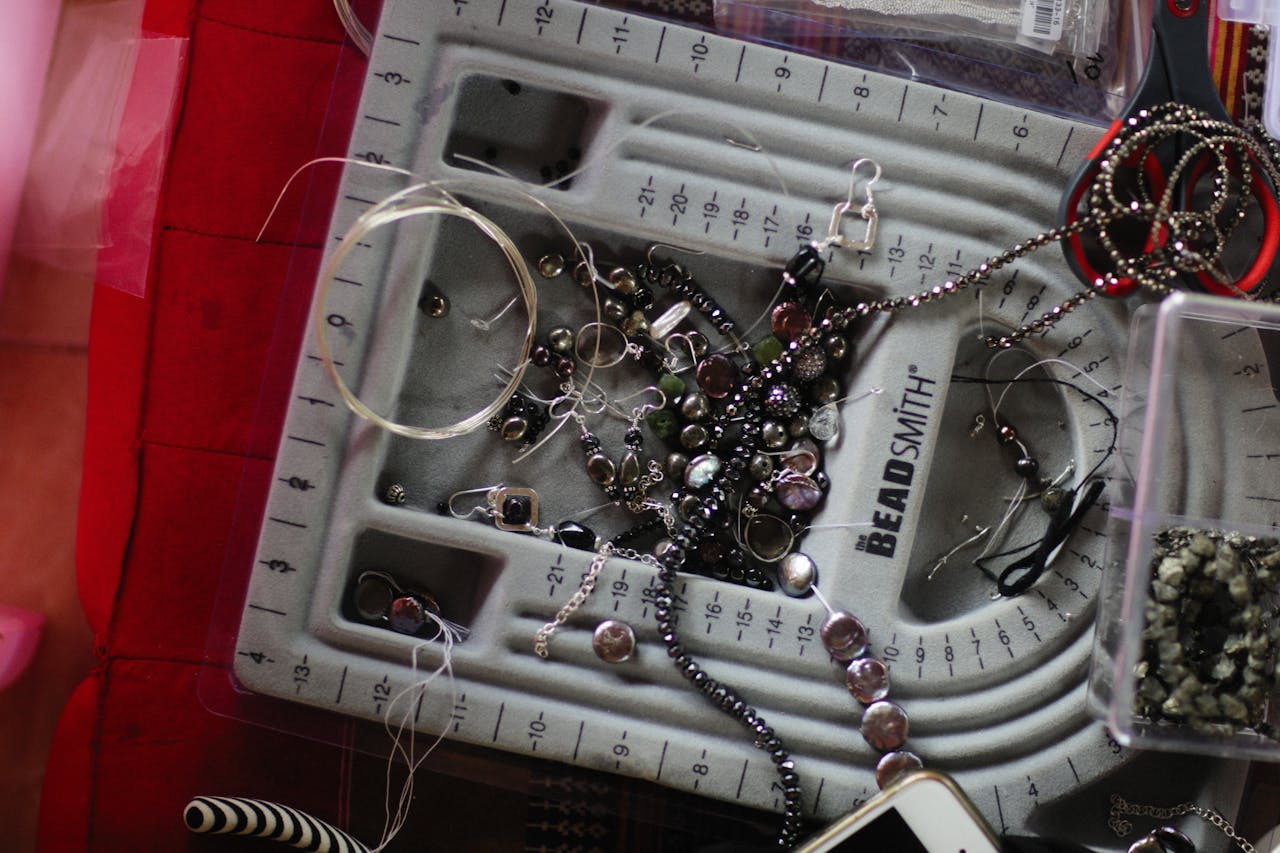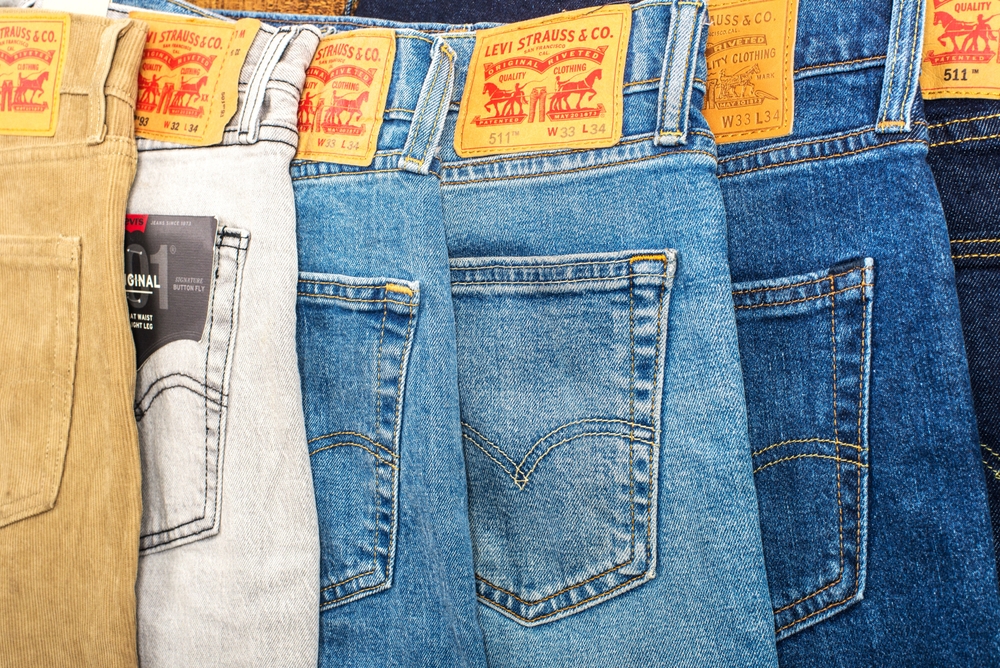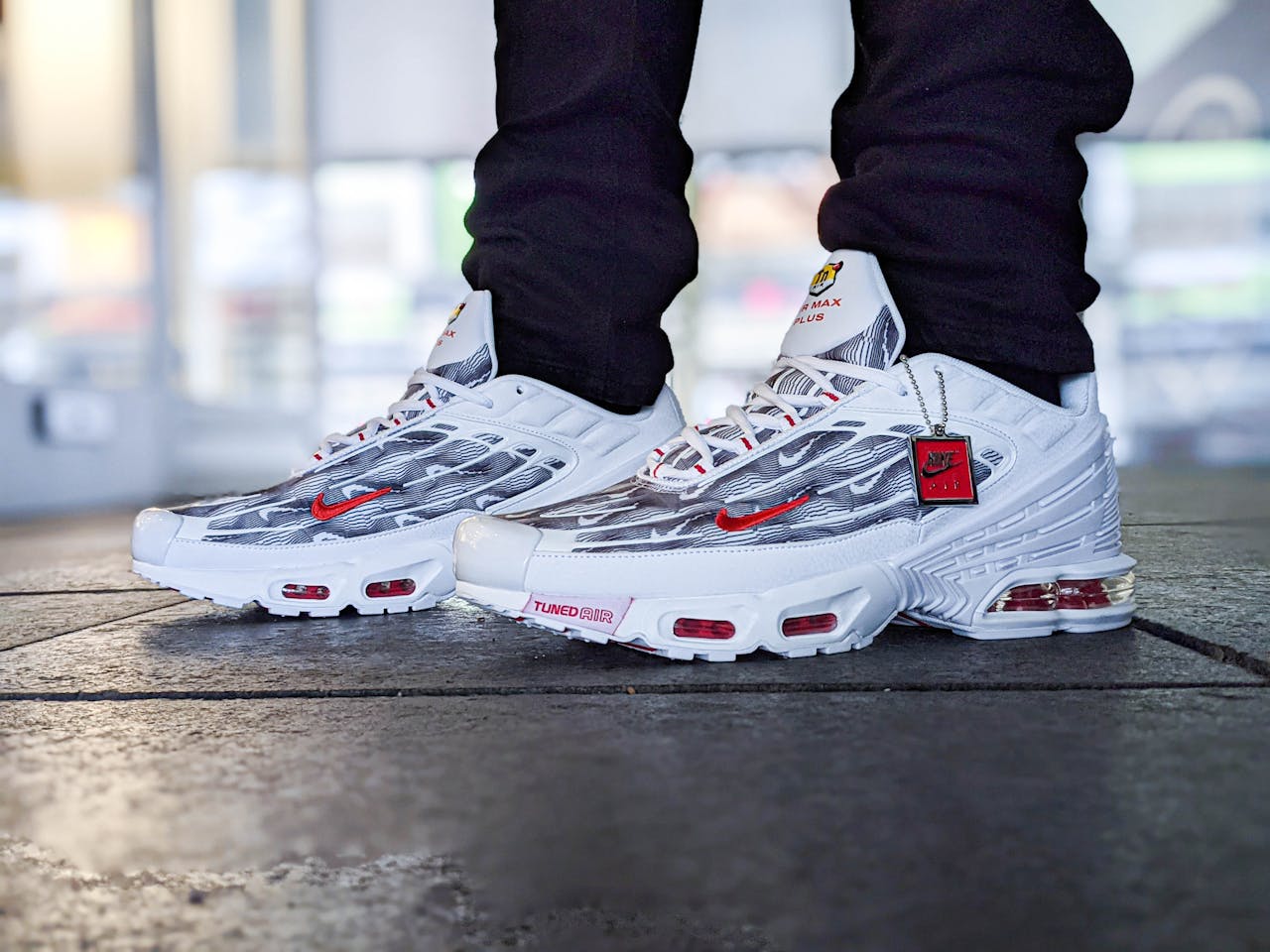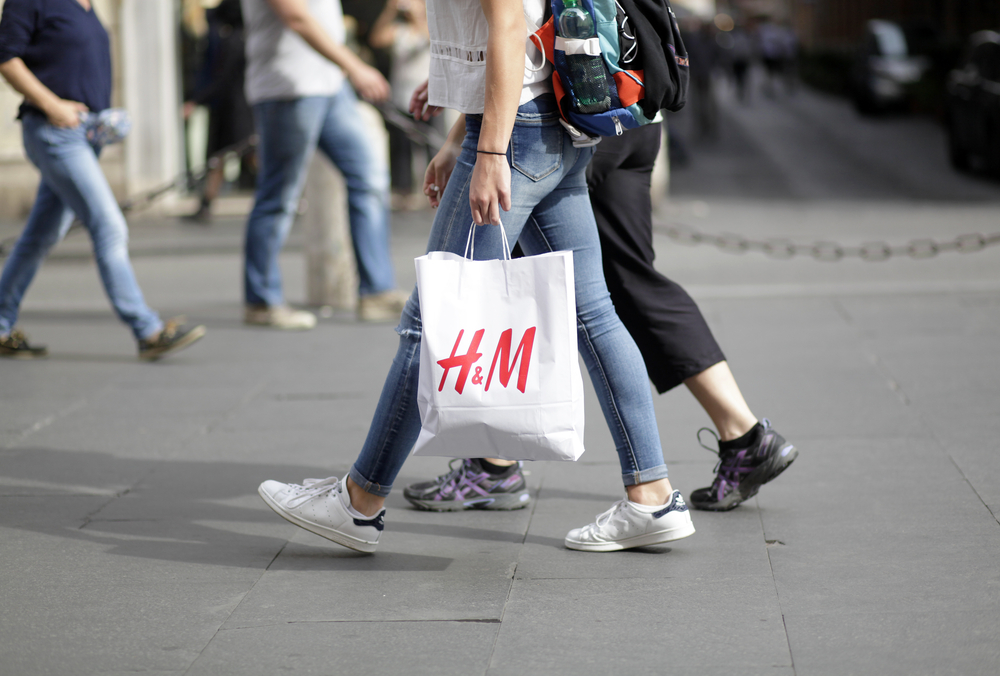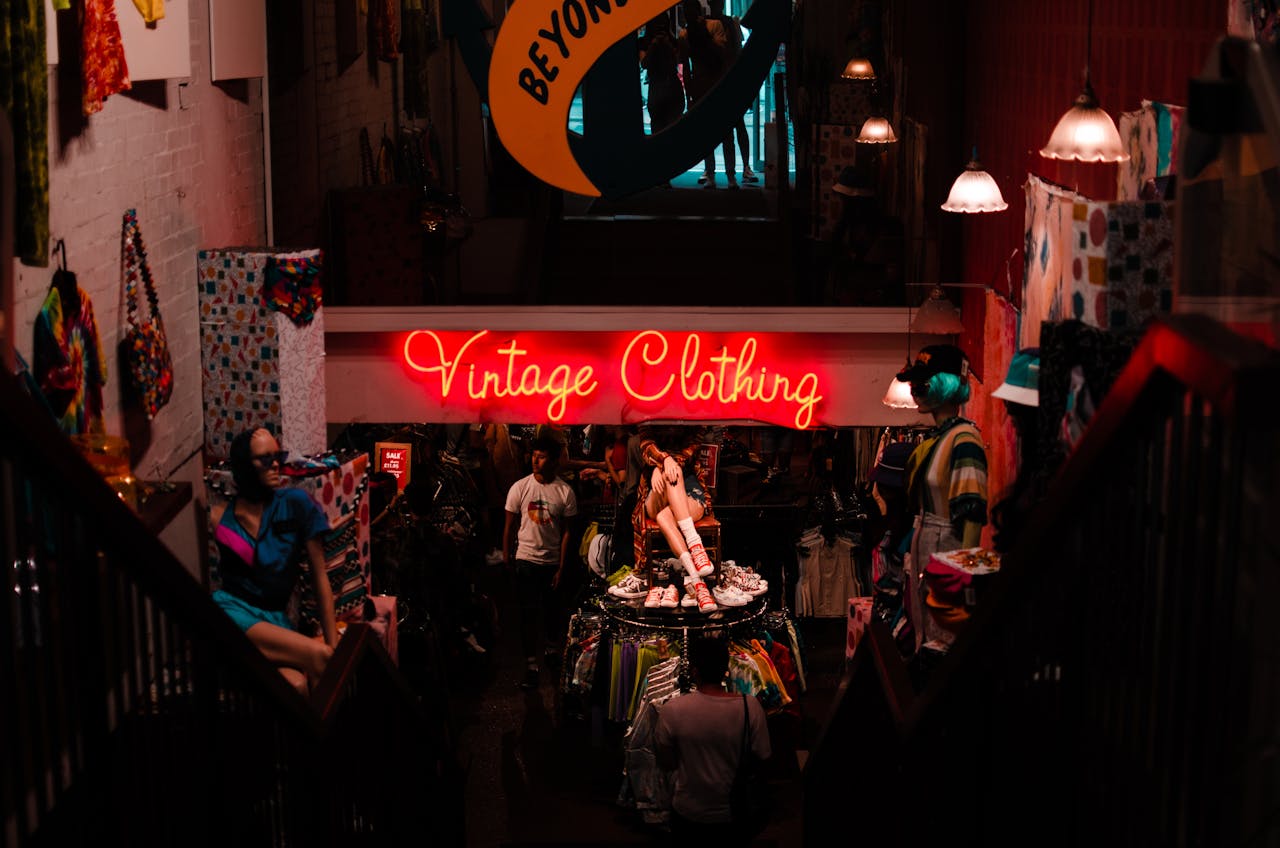The Bitter End
Each generation has always picked a lifestyle that’s remarkably different than the last. Nowhere is that more apparent than with Gen Z. This generation—AKA Zoomers—is made up of kids who were born from the mid-to-late 1990s to the early 2010s. Unlike the rest of us, this generation grew up with the internet—and that, among other things, has really shaped the way they live.

Driving Manual
Learning how to shift gears without jerking—or how to get up a hill with a stop sign or red light without rolling backwards—used to be a rite of passage. But fewer and fewer Zoomers who are learning to drive are opting to learn how to drive manual.
Instead: Automatic Driving
Automatic has been the default for a while—and as a result, in the past few decades, fewer and fewer car companies are making manual cars, leaving manual drivers with just a couple of options when they’re buying a new car. It really seems like, unless the trends change, manual driving may be a thing of the past.
Four-Year College And University Programs
For generations, it’s been thought that the path to success has been through the typical college experience—a four-year degree, living on or near campus, etc. It’s always been a cost-prohibitive experience, but Gen Z seems less interested in taking out loans that they may not ever be able to pay back.
Instead: Certification Programs And Boot Camps
Gen Z isn’t just moving away from four-year college programs—they’re moving away from traditional career paths. As a result, they’re opting for online courses, boot camps, and certification programs that will get them to their destination much faster—and cheaper.
In 2009, Facebook overtook Myspace as the most popular social media platform and it felt like young people ruled the roost on the site.
Well, if you can believe it, it’s been 15 whole years since then—and Gen Z seems to have no interest in going on Facebook, if they even have accounts.
Instead: More Visual Social Media
Younger people can sign up for Facebook after the age of 13, but less than 4% of the users on the site are teens. It’s a downward trend that’s been going on for a while. Instead, Gen Z tends to use Snapchat, Instagram, and Tiktok—social media forms that are more reliant on videos and images than text.
Drinking
From the outside, it might seem like partying in the younger generations is wilder than ever before, but the stats actually say otherwise.
Gen Z drinks 20% less than their millennial counterparts, even in places like Europe.
Instead: Moderation
It turns out that education about alcohol and illicit substances actually works—and that Gen Z have been listening to the pamphlets, news stories, and other reports that discouraged them from engaging in dangerous behavior, and are acting accordingly.
Cursive
Not all good things can last forever—and in 2010, cursive handwriting was removed from the National Common Core standards for K-12 education. It’s had unexpected results.
Instead: Confusion
Former Harvard University President Drew Gilpin Faust reflected on his experience with students and claimed that not only could younger students not write in cursive, but they also didn’t know how to read it. As younger students enter academia and need to research old documents, they may run into trouble if they’re in cursive.
Feel old yet?
It doesn’t seem like that long ago that email became the primary form of communication in business settings, not to mention keeping in touch with family and friends. But as it turns out, Gen Z have already moved on with their lives.
Instead: Instant Messaging
We already knew that Gen Z prefers texting to emailing—but this has translated to other formats as well. They’re just as likely to keep up with their friends on Snapchat or Instagram, and in work settings, internal communication has shifted to messaging platforms like Slack or Microsoft Teams.
Teen Driving
It used to be that the moment you turned 16, you’d go out there and get your driver license—but Gen Z really isn’t as interested in driving early in life. In the UK, the number of young adults with licenses has fallen 40% since the 1990s.
Instead: Shared & Public Transport
The price of cars has gone up, and people are starting families later in life—leading to a decline in interest in driving. There’s also been increased service for public transit over the years and easier access to ride-sharing in cities, which has led Gen Z away from cars.
Hustle Culture
For many years, it was thought that the harder you worked, the more it would pay off.
And for a while, that was basically true. But then the younger generations began to notice that they weren’t getting they weren’t reaping the same rewards…
Instead: Work-Life Balance
Who can blame them? It’s one thing to work yourself to the bone with the expectation that you’ll be compensated fairly—or even generously—for your work. But if the compensation isn’t there—why bother? Gen Z isn’t willing to give up the “life” part of work-life balance if they aren’t getting paid for it.
Cash
The pandemic started it—those pesky germs—and Gen Z are all too happy to avoid cash at all costs. If they weren’t raised on it, how can you blame them? Though ATMs are everywhere, their fees seem to get more and more out of hand each year.
Instead: Phone Payments
Using tap debit and credit cards and Apple Pay is one thing—but there’s also no need for Gen Z to carry cash should they need to pay back a friend, with apps like Venmo and Cash App doing the heavy lifting for them.
Sit-Down Family Meals
The family meal used to be part of the daily routine—and maybe, after you first moved out of your parents’ house, changed to a weekly visit on Sundays. At the very least, sitting down for dinner was a set part of the day, even if breakfast and lunch were eaten in transit or at the office.
But for Gen Z, all that has changed.
Instead: On-The-Go Meals
They may not be into hustle culture, but Gen Z is still strapped for time—which means that they’re more likely to be on the go at supper time as well as breakfast and lunch. They’re also more reliant on delivery apps, and prepared foods from places like Trader Joes provide easier options than cooking an entire meal and sitting down to eat it.
Magazines And Newspapers
It seems like we all grew up with a newspaper thumping onto our front step each morning at 6am—but those days are over. Since the internet boom, magazines and newspapers have shrunk, while their online offerings get bigger…but is it enough?
Instead: Reading Online
Magazines and newspapers have had a bumpy road figuring out how to host their content online and still make enough money to keep going—think of all the outlets that have failed in the past decade or so. Either way, most of Gen Z get their news and their info online instead of in print.
Traditional News Outlets
…And just because they’re getting their info online, it doesn’t mean that they’re hitting up the websites of the New York Times or CNN. Though most traditional news outlets, from the BBC to the Washington Post, host thriving websites that are updated by the minute, that’s not where Gen Z is getting their news.
Instead: Alternative Info Routes
When it comes to Gen Z, you often have to “meet them where they are,”—which is the outlets that they’re most comfortable on, from Twitter to Instagram to Tiktok. Gen Z are more likely to get their news from a trusted source on one of these social media platforms than they are to log onto a news website.
Brick-And-Mortar Stores
It’s been a long time coming, but Gen Z are opting to spend less time in brick-and-mortar stores than their older counterparts. They’re skipping lines and the potential for out-of-stock items in favor of a little online action.
Instead: E-Comm
Gen Z are far more likely to shop online than IRL—and who can blame them? What used to be a frustrating and time-consuming process is easier than ever and they have access to thousands more products than could ever fit in a retail store.
TV Schedules
Once upon a time, we all gathered around the TV for “event watching”—premieres, finales, mid-season sweeps. Though major league sports may still dominate live viewing (and certain reality TV reunions will always drive an active audience), watching things as they air isn’t as much of a big deal to Gen Z.
Instead: On-Demand Viewing
Gen Z is far more used to binging TV series on streaming sites like Netflix and Hulu when they feel like it—which leads to an interesting conundrum for shows that both air on network TV and streamers. Shows like The Traitors are edited to account for commercial breaks, which can make for an awkward viewing experience on streaming—but it seems like Gen Z has adapted to it.
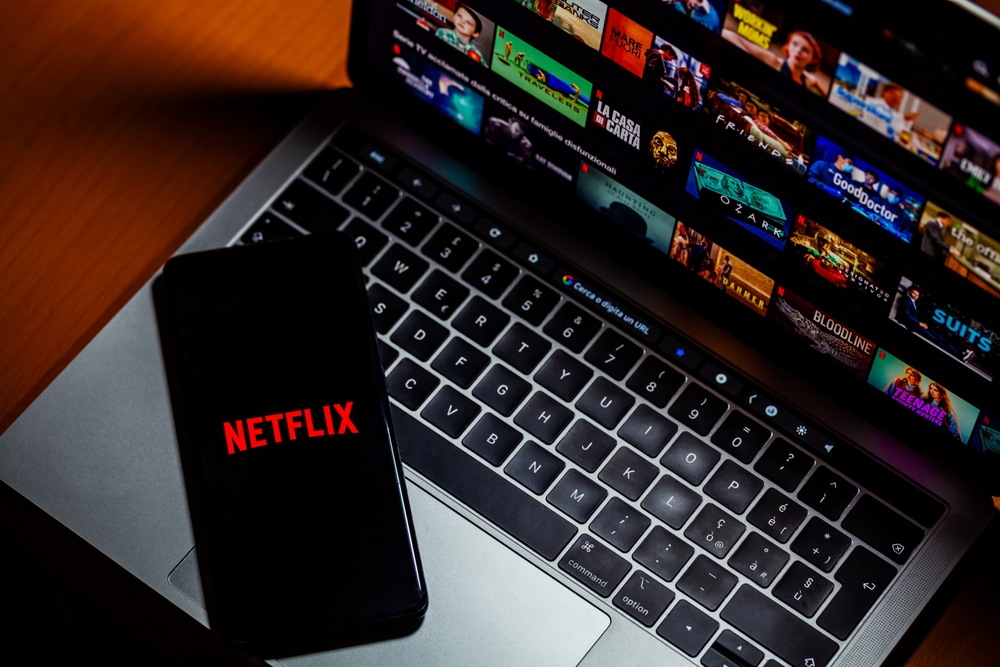 Ruggiero Scardigno, Shutterstock
Ruggiero Scardigno, Shutterstock
Fine Jewelry
Gen Z may have grown up with parents who had jewelry boxes filled with heirlooms and personal purchases alike, but they’re not as interested in hitting up the local jewelry store for special occasions and gifts—with some exceptions (looking at you, Mejuri).
Instead: Eco-Friendly Alternatives
Since Gen Z are quote eco-conscious, they’re more likely to go for vintage gold, silver, and jewels when shopping for jewelry. On top of that, they’re conscientious of the ethical problems associated with diamond mining, so many opt for alternate gems.
Copiers And Printers
Printers and copiers used to be office staples—and if you had a desktop computer in the 1990s, you likely also had a clunky printer that was always either out of toner, out of paper, or both.
Instead: Going Paperless
Sure, some of us prefer reading off the printed page to our computer screens, but when was the last time you really actually needed to print something out for personal use? From taxes to contracts, it’s a whole lot easier to deal with documents online—and as a result, Gen Z stays far away from printers and copiers.
9 To 5 Jobs
It’s been a long time coming, and shifting to WFH during the pandemic had a chilling effect on the 9-to-5 lifestyle that generations of white-collar workers got used to. But what are they doing instead for work?
Instead: The Gig Economy
Millennials definitely got this one started for Gen Z. There’s been a shift to more freelance work, and even if members of the younger generation have a 9-to-5 job, they often have secondary employment—AKA a side gig—to supplement their income.
Diamond Engagement Rings
While there are plenty of Gen Z influencers out there getting engaged and showing off big rocks, there’s been a move away from diamonds are the focus of the engagement ring.
Instead: Moissanite Engagement Rings
Instead of expensive diamonds—which come with their own ethical considerations in regards to diamond mining—many young fiancés-to-be are opting for rings made with moissanite. It’s a mineral that can be lab grown, cut, and polished into a beautiful stone, and which has a very minimal impact on the environment.
Brand Loyalty
While there are still a lot of monolithic and incredibly in-demand brand names out there that do brisk business peddling their signature items—think Levi’s for jeans, Le Creuset for cookware, Lululemon for athletic gear, etc—Gen Z seems less interested in finding one brand and sticking with it.
Instead: Playing The Field
Thanks to the prevalence of targeted advertising, it’s far easier for competing brands—say, New Balance or Puma—to catch the eye of something waffling on a pair of Nike sneakers that they have in their cart. Gen Z are also more open to suggestions from peers and social media influencers, leading to more diversity in their purchases.
Pre-Set Career Paths
Why take a four-year college program when you can’t actually guarantee getting employment in that field? The move away from pre-set career paths reflects the move away from a more “traditional” higher learning experience—or vice versa. It’s a real “chicken or the egg” situation.
Instead: Building A Portfolio
It just doesn’t seem feasible for the younger generations to get one job and stay at that same company for the duration of their career the way their parents or grandparents did. In fact, it’s nearly unheard of. It’s not that experience is no longer valued—but instead, Gen Z seems to realize that building a portfolio of projects they’ve undertaken is the best way to show off their skills.
Fast Fashion
The siren song of places like H&M, Shein, and Temu is hard to resist—especially at the prices they offer. But the ever eco-conscious Gen Z has slowly turned their backs on the very fast fashion places that they used to regularly patronize.
Instead: Eco-Friendly And Vintage Fashion
Thanks to the decline in quality of fast fashion garments over the years, Gen Z is far more interested in either buying eco-friendly, slow fashion alternatives. They’re also huge vintage shoppers—there seems to be far less stigma around buying second-hand clothing than there once was.


